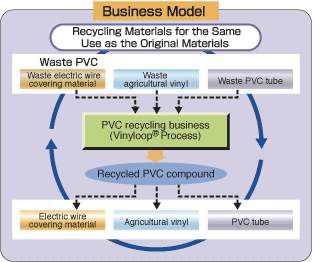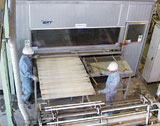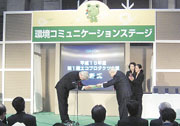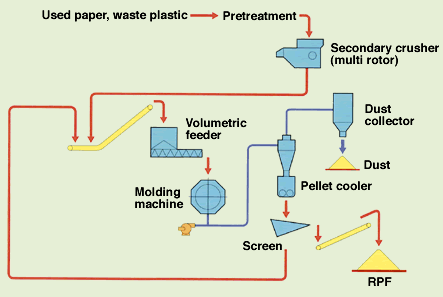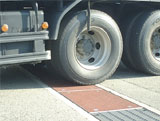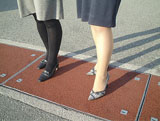Home > About Us > Corporate Social Responsibility > Sustainability Report > Environmental Sustainability Report 2005
| Environmental Management
Environmental Sustainability Report 2005 |
|||
| Contribution to Environmental Protection through Products, Technologies and Services (3) |
|
|||||||||||||||||||||||||||||||||||||

